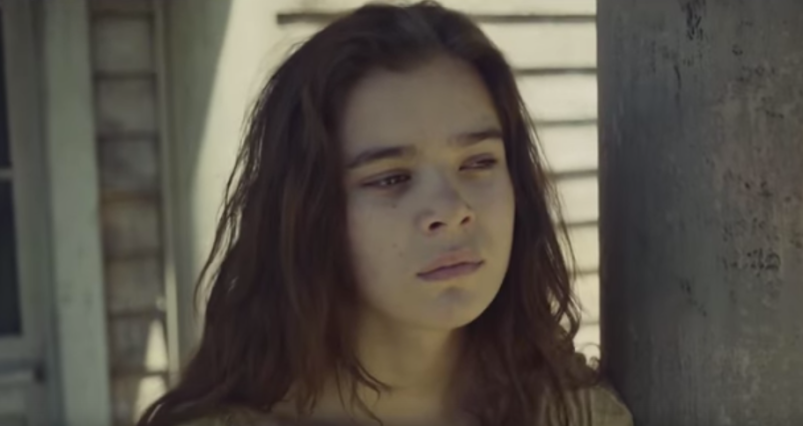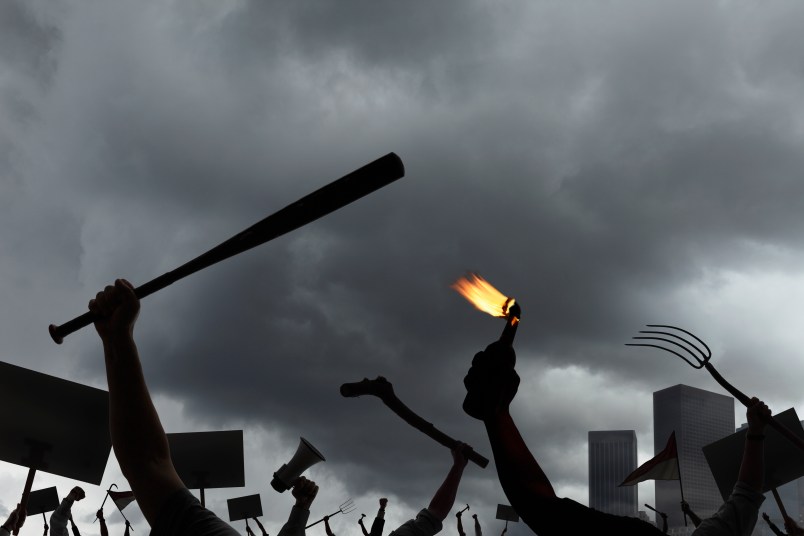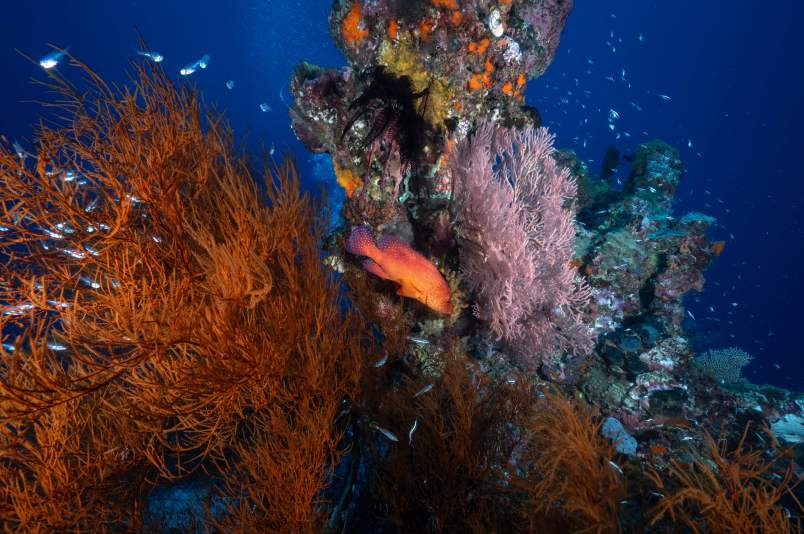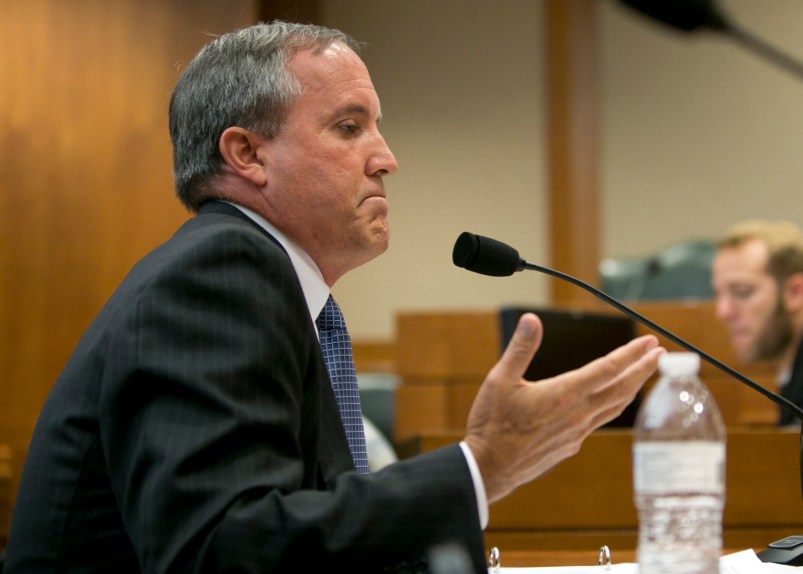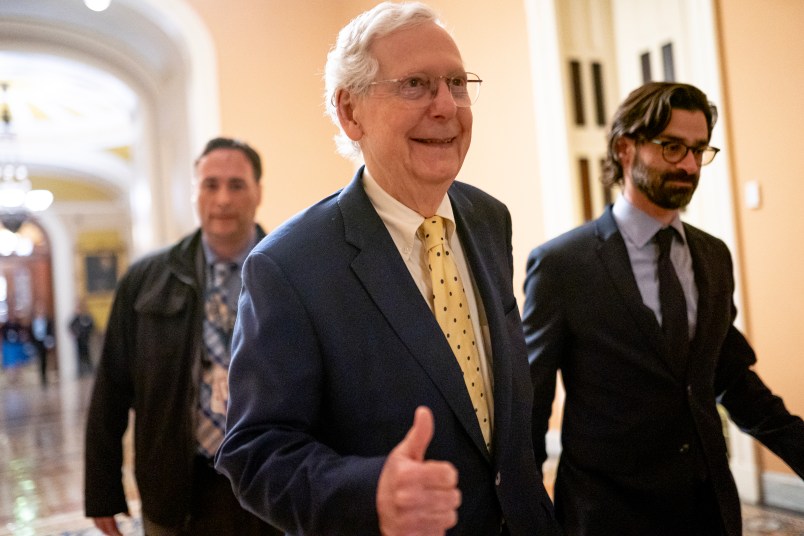The Western is officially back. Although some argue that cinema’s once-dominant genre has been replaced by the superhero movie, there are going to be a lot of cowboys on screen this fall, with films such as The Keeping Room (released on Friday), The Hateful Eight, and The Revenant hitting theaters. It’s not a brand-new trend; these movies follow a rash of Westerns released in the last few years, including The Lone Ranger, A Million Ways to Die in the West, Django Unchained, True Grit, Cowboys and Aliens and The Homesman.
What should we make of this sudden resurgence of a genre that has not been popular since the 1970s? To explain the rebirth of the Western, we have to understand what killed it. In its golden age—say, between 1940 and 1960—well over a hundred Westerns were released per year, and many of them proved to be classics: Rio Bravo, Fort Apache, Shane, The Searchers, and High Noon are among the all-time greats that came from this era. The ‘70s produced a few revisionist masterpieces—McCabe and Mrs. Miller, for one—but then the genre was stopped dead in its tracks. Only 96 Westerns were made in the 1980s, which would have made a fine total for a single year in the genre’s golden age. The 1990s had a slight resurgence with varied offerings like Dances with Wolves, Tombstone, and Unforgiven, but it was short-lived. Overall, the 1990s produced only 148 such films.
There are many causes for its sudden absence; for example, Westerns have never played well overseas, and the international market has become more important than ever to a film’s bottom line. But another reason the genre has gone out of style is that its politics represent an increasingly niche cultural viewpoint.
Put simply, the Western has been a bastion of alpha-male brutality, a fantasy world in which men get to fight, hunt and roughhouse, while women are shuffled off to the side as prostitutes or, at best, homesteaders. Unfortunately, there were a few years—many, in fact—where these were mainstream American values, but as the times have changed, so have the Westerns. Annie Get Your Gun and Calamity Jane, for example, created the first mainstream Wild West narratives with female protagonists in the mid-20th century, although they were still valued as much for their viability as romantic partners as their courage or skill.
It wasn’t until 1992, with Clint Eastwood’s Unforgiven, that the genre adequately subverted its decades of unabashed male oppression.The Oscar-winning revisionist classic questioned the depiction of women and people of color through its story of an aging cowboy lured out of retirement to collect a bounty on a prostitute-mutilating psychopath. The casting of Eastwood as the film’s hero, William Munny, is crucial. Munny sees the job as a chance for redemption after his young, wild days of violence; given Eastwood’s association with the spaghetti Western, the most amoral subgenre, it’s fair to see the film as an apologia from one of the genre’s icons to those it marginalized.
Many predicted that Unforgiven would be the death knell for the genre. Instead, it opened the door for minority voices to be heard. In addition to Last of the Mohicans, the rare Western to be told from the side of the Native Americans, Mario Van Peebles made Posse, about a black infantrymen who returns from the Spanish-American war to find the villain who lynched his father. 1994 saw the release of Bad Girls, a well-intentioned Western about four prostitutes-turned-outlaws. None of these films broke the box-office, though, and the genre faded back into obscurity.
Still, I wonder if they would be more successful today, when identity politics are so integral to our understanding of film. Today, Westerns that focus on the stories of previously marginalized groups—gay characters, people of color and women—have successfully reclaimed the genre from its history as a vehicle for conservative politics. Now, it’s a vehicle for progressive ones. Because the Western is the original American genre, these films can be seen as reflecting a rapid redefinition of America itself.
This trend probably started with 2005’s Brokeback Mountain, the first significant LGBT-themed Western. It boasted a pair of bona fide movie stars (the late Heath Ledger and Jake Gyllenhaal), both of whom risked their leading man status to inhabit the roles of gay cowboys who carry on a secret, decades-long love affair. The moving romance was both a critical and commercial success. It would have won a slew of Oscars, too, had Academy voters not chosen the safer, now-maligned Crash.
More recently, Quentin Tarantino used the genre for his particular brand of progressive racial politics. 2012’s Django Unchained, about a freed slave who wages war against a cruel plantation owner, was a radical piece of pop art, and it proved to be Tarantino’s biggest hit ever. He is returning to a similar milieu next month with The Hateful Eight, which he has teased is “about white supremacy.” While Tarantino will always garner controversy for his near-fetishistic obsession with black culture—his repeated use of the n-word still makes people uneasy—these films represent a significant milestone in American film, spinning a genre that was once for “whites only” into stories of black power.
Still, the most significant subversion of the Western may be in its depiction of women. Last year’s The Homesman portrayed a single woman (Hilary Swank) who hires an outlaw (Tommy Lee Jones) to help her bring three women, gone mad from male abuse, across a dangerous desert. The film wasn’t a box office hit, but it received critical accolades for its strong, rare depiction of female strength in the Old West. The same could be said of The Keeping Room, which stars Brit Marling and Hailee Steinfeld as Southern sisters who, along with their slave Mad (Muna Otaru), must protect the family farm from drunken, lecherous Union soldiers, while their father and brother are off fighting the last battles of the Civil War. Marling does terrific work as a woman thrust into the role of protector, while the film’s politics keep the viewer on their toes. Watching two Southern women and their slave fight off the advances of Union soldiers makes the viewer reconsider their political biases, and the result is more thought-provoking than crowd-pleasing.
Looking at the trend, it appears that the Western has returned because the genre finally caught up to contemporary politics. It may be no coincidence that these new, progressive Westerns come just after a few years after the exit of an American president who traded heavily on cowboy imagery, promising to “smoke out” terrorists and capture them “dead or alive.” George W. Bush represented the apotheosis of Cowboy leadership, and the voters’ repudiation of him (he left with the lowest approval rating in recorded history) may have played as significant a role in the death of the traditional cowboy as Eastwood’s Unforgiven.
Filmmakers could take a lesson from the genre’s resurgence—regressive politics are a strike against you in the movie marketplace—but the victories of the Western’s return are more than artistic or economic. The revision of this quintessential American genre is a signal to America and the rest of the world: It’s time for the classic cowboy to step aside. The new leaders are here.
Lead image: Hailee Steinfeld in The Keeping Room
Noah Gittell is a film critic and essayist whose work has appeared in The Atlantic, Salon, Washington City Paper, Esquire, LA Review of Books, and others.





